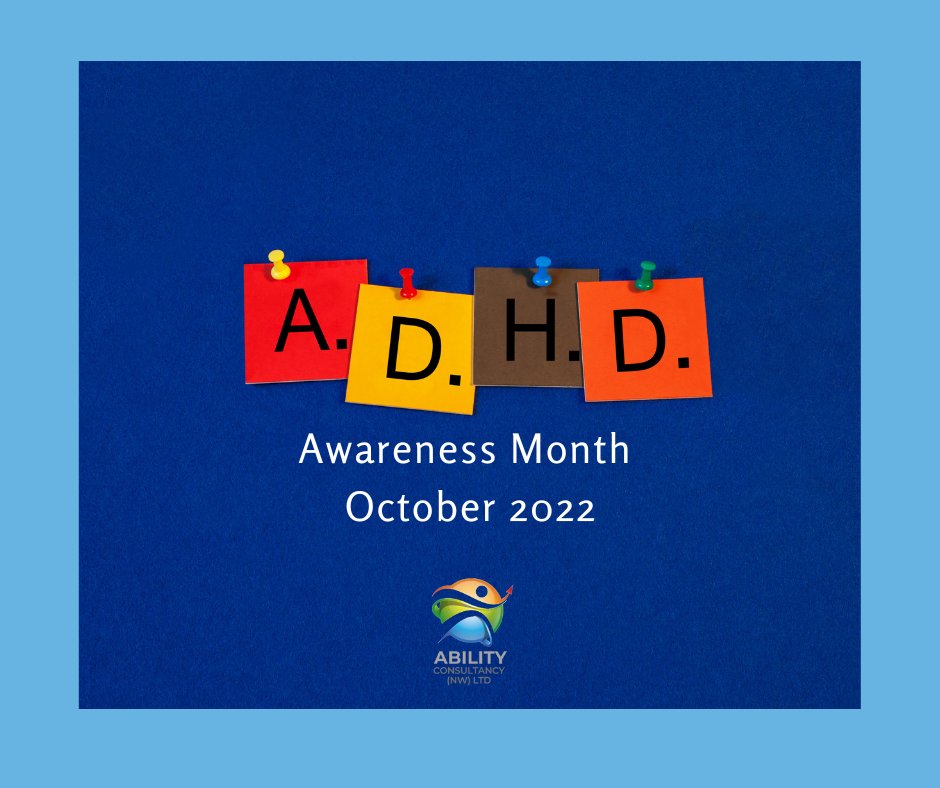Attention Deficit Hyperactivity Disorder (ADHD) is a neurodevelopmental disorder that affects both children and adults, albeit in different ways. While ADHD manifests differently across age groups, there are striking similarities and differences in how it presents and impacts individuals. This article delves into the nuances of ADHD disorder, examining its commonalities and distinctions between children and adults.
Defining ADHD Disorder
ADHD is characterized by persistent patterns of inattention, hyperactivity, and impulsivity that interfere with daily functioning and development. These symptoms can vary in intensity and may present differently in children and adults.
Similarities in Symptoms
- Inattention: Both children and adults with ADHD often struggle with maintaining focus on tasks or activities, quickly becoming distracted or forgetful. They may need help with following through on instructions or organizing tasks.
- Hyperactivity: While hyperactivity tends to diminish with age, many adults with ADHD still experience restlessness and an inner sense of agitation. Children may exhibit overt hyperactive behavior, such as fidgeting, squirming, or running excessively.
- Impulsivity: Impulsivity, characterized by acting without forethought or consideration of consequences, is a hallmark feature of ADHD in both children and adults. This can manifest as impulsive decision-making, interrupting others, or difficulty waiting one’s turn.
Differences in Presentation
- Hyperactivity: Hyperactive behavior is more conspicuous in children with ADHD, often leading to disruptive classroom behavior and challenges in social settings. In contrast, adults may exhibit more internalized signs of hyperactivity, such as feelings of restlessness or a tendency to engage in high-risk behaviors.
- Impulsivity: While impulsivity is prevalent across age groups, adults with ADHD may develop coping mechanisms to mask impulsive tendencies, such as learning to pause before reacting or seeking professional support. Conversely, children may struggle more visibly with impulsive actions due to their limited impulse control.
Diagnosing ADHD Disorder
Challenges in Diagnosis
Diagnosing ADHD disorder can be complex due to overlapping symptoms with other mental health conditions and variations in presentation across age groups.
Common Challenges:
- Coexisting Conditions: ADHD often coexists with other conditions, such as anxiety, depression, or learning disabilities, making it challenging to isolate symptoms solely attributable to ADHD.
- Age-Related Differences: The diagnostic criteria for ADHD may vary between children and adults, reflecting age-appropriate behaviors and developmental stages.
Assessment Tools
- Clinical Interviews: Healthcare professionals rely on comprehensive clinical interviews with patients and their families to gather information about symptom severity, duration, and impairment across various settings.
- Behavioral Assessments: Rating scales and behavioral questionnaires completed by parents, teachers, or spouses provide valuable insights into an individual’s behavioral patterns and functional impairments.
Treatment Approaches
Multimodal Interventions
- Medication: Stimulant medications such as methylphenidate and amphetamine derivatives are commonly prescribed to manage ADHD symptoms by enhancing neurotransmitter activity in the brain. While medication can be effective for children and adults, dosage and response may vary based on age and individual needs.
- Behavioral Therapy: Cognitive-behavioral therapy (CBT) and behavioral interventions focus on teaching coping strategies, organizational skills, and impulse control techniques to manage ADHD symptoms. These interventions are tailored to address the unique challenges children and adults face.
Coping Strategies
Building Coping Skills
- Time Management: Breaking tasks into smaller, manageable steps and utilizing tools like planners or digital reminders can help individuals with ADHD effectively manage their time and prioritize tasks.
- Self-Regulation: Practicing mindfulness, deep breathing exercises, and relaxation techniques can aid in regulating emotions and reducing impulsivity in both children and adults.
- Symptoms: ADHD symptoms can manifest differently in individuals but generally fall into two categories: inattention and hyperactivity-impulsivity. Inattention symptoms include difficulty sustaining attention, being easily distracted, and frequently making careless mistakes. Hyperactivity-impulsivity symptoms include fidgeting, excessive talking, and acting without considering consequences. These symptoms often lead to academic, social, and occupational challenges.
- Causes: The exact cause of ADHD remains unclear, but research suggests a combination of genetic, environmental, and neurological factors. Genetics play a significant role, with ADHD often running in families. Environmental factors such as prenatal exposure to toxins like alcohol or tobacco, premature birth, and early childhood exposure to lead have also been linked to an increased risk of developing ADHD. Neurologically, differences in brain structure and function, particularly in areas related to attention, impulse control, and executive function, are observed in individuals with ADHD.
- Management: Effective management of ADHD involves a multimodal approach tailored to the individual’s needs. Behavioral therapy, such as cognitive-behavioral therapy (CBT) and behavioral parent training, helps individuals develop coping strategies and improve social skills. Medication, typically stimulants like methylphenidate and amphetamine, can help control symptoms by increasing neurotransmitter levels in the brain. However, medication is not suitable for everyone and is often used in combination with therapy. Additionally, creating a structured environment, establishing routines, and providing support at home and school are essential for managing ADHD symptoms.
- Challenges and Stigma: Despite advancements in understanding and treatment, challenges persist for individuals with ADHD. Stigma and misconceptions surrounding the disorder can lead to social exclusion, discrimination, and low self-esteem. Many individuals with ADHD face academic and occupational difficulties due to their symptoms, which may impact their long-term success and well-being.
- mpact Across the Lifespan: ADHD doesn’t just affect children; its impact extends into adulthood. Many individuals with ADHD continue to experience symptoms into their adult years, presenting unique challenges in various aspects of life. In adulthood, symptoms may manifest as difficulty managing time, maintaining relationships, and sustaining employment. Untreated ADHD can lead to comorbid conditions such as anxiety, depression, and substance abuse, further complicating the individual’s well-being.
- Educational Implications: In the educational setting, ADHD can significantly impact academic performance. Children with ADHD may struggle with tasks that require sustained attention and organization, leading to lower grades and academic underachievement. Teachers and educators play a crucial role in supporting these students by implementing accommodations such as extended time on tests, preferential seating, and breaking tasks into smaller, manageable steps.
- Family Dynamics: ADHD not only affects the individual diagnosed but also has a profound impact on their families. Parents of children with ADHD may experience increased stress, frustration, and feelings of helplessness while navigating the challenges associated with their child’s behavior and academic performance. Siblings may also feel neglected or resentful due to the attention given to the child with ADHD. Family therapy and support groups can provide a space for families to learn coping strategies, improve communication, and strengthen relationships.
- Workplace Challenges: In the workplace, individuals with ADHD may face difficulties with time management, organization, and impulse control. They may struggle with maintaining focus on tasks, meeting deadlines, and following through with projects. Employers can support employees with ADHD by providing clear instructions, breaking tasks into smaller steps, and offering flexibility in work arrangements when feasible. Additionally, promoting a culture of understanding and acceptance helps create an environment where employees feel comfortable disclosing their ADHD diagnosis and seeking accommodations.
- Advocacy and Empowerment: Advocacy and empowerment are essential components of addressing the challenges associated with ADHD. By advocating for policies that promote access to diagnosis, treatment, and support services, we can ensure that individuals with ADHD receive the resources they need to thrive. Empowering individuals with ADHD involves promoting self-awareness, self-advocacy, and resilience. By fostering a sense of agency and providing opportunities for skill-building and personal growth, we can empower individuals with ADHD to reach their full potential and lead fulfilling lives.
Conclusion
ADHD disorder presents unique challenges and opportunities for growth across the lifespan. While there are similarities in symptoms and treatment approaches between children and adults, there are also distinct differences in how ADHD manifests and is managed. By understanding these nuances and adopting tailored interventions, individuals with ADHD can thrive and lead fulfilling lives at any age.





